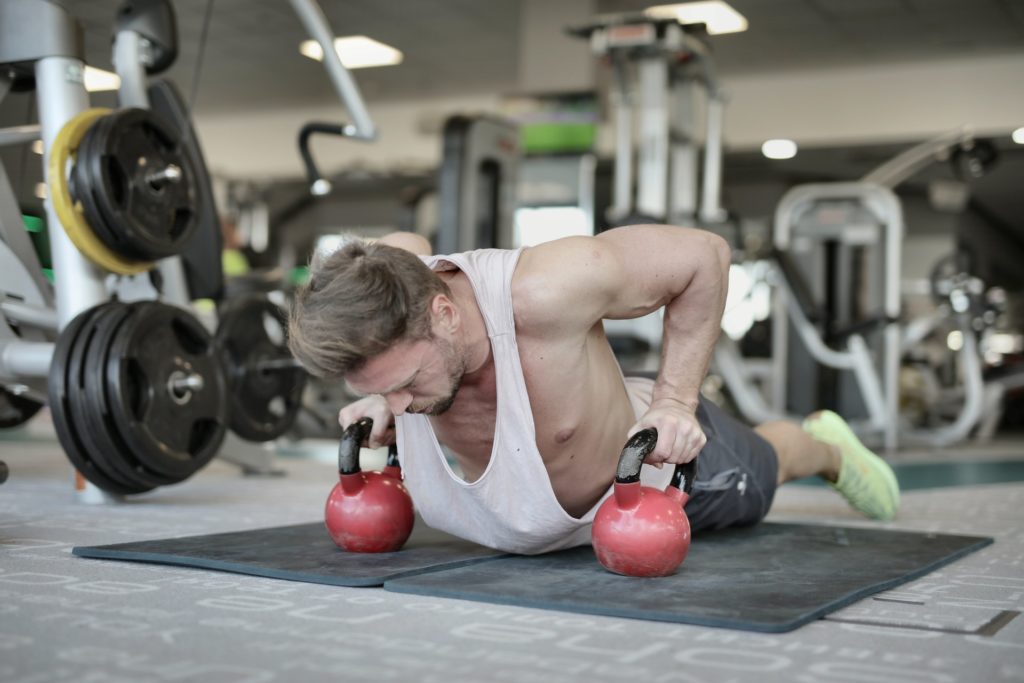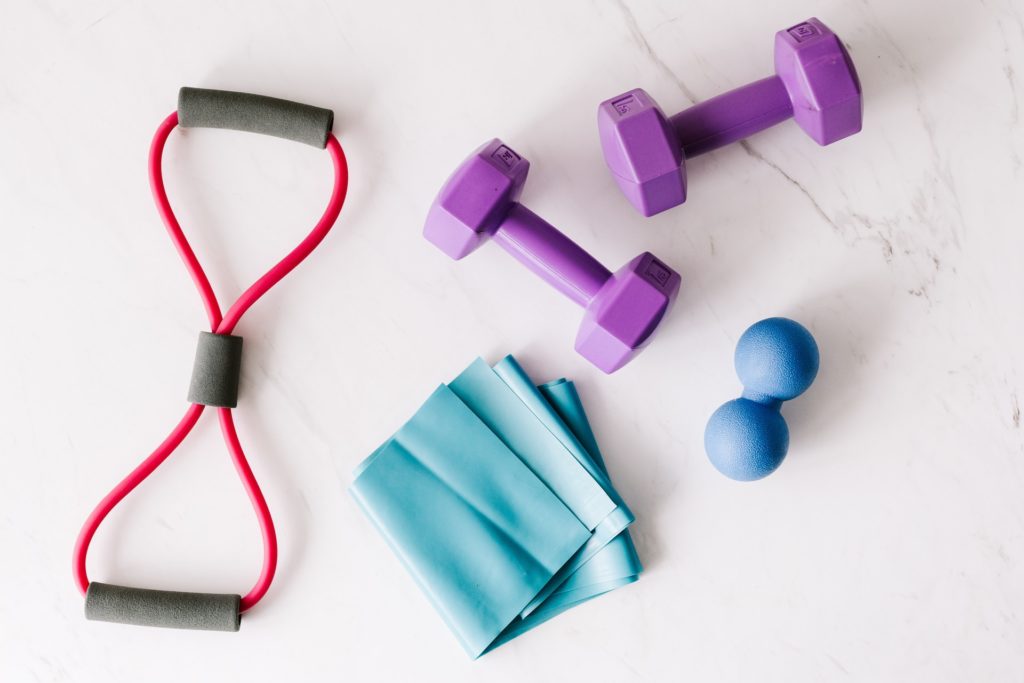Calisthenics is convenient as it only utilizes your own bodyweight in doing exercises. It allows you to tone every major muscle group in your body. Furthermore, it provides a solid foundation for your workout program.
Meanwhile, weight training increases your strength, enhances your metabolism, and helps you to maintain a healthy weight. The good news is you don’t have to choose between the two forms of exercise.
Combine calisthenics with weight training in order to get the most out of your workout plan.
Building a Strong Base with Calisthenics
Start with calisthenics if you are new to working out. This will strengthen your upper body, core, and lower body, and you’ll soon be ready to lift weights.
If you dive into weight training right away, the risk of injury increases since you haven’t sufficiently strengthened your muscles with bodyweight exercises (which are low-impact and easy on the joints). To optimize your weight training, you need good posture.
Calisthenics will definitely help you as exercises such as squats and planking will improve your posture.
Starting Light with the Weights
A good transition from calisthenics to weight training is doing calisthenics exercises with light weights. Hold light dumbbells in your hands for squats, lunges, and standing leg raises.
The next step is to do upper body exercises that are suited to using light weights, such as front and lateral arm raises, and triceps kickbacks (these exercises are difficult with heavy weights).
Once you are comfortable with weights, you can start using heavier weights and perform exercises such as bicep curls and shoulder presses.

Weight Training to Improve Your Calisthenics
You should have a specific plan when you go to the gym or work out at home. Think about the movements and muscles used for your calisthenics exercises, and how you can replicate those movements and strengthen those muscles by weight training. For example, you need strong biceps and lats to perform pullups.
Weight-training exercises such as bicep hammer curls, bent-over rows, and lat pulldowns will tone these muscles and improve your pullups. The arm movement in a chest press is similar to the movement in a pushup, so do chest presses regularly to enhance your pushups.
When you do pushups with your hands close together or incline pushups, your triceps are targeted. To help with these pushups, do triceps presses, triceps pushdowns, and triceps kickbacks. Do overhead presses to build shoulder strength and improve your handstand (your arms at the top position of an overhead press are how they look inverted in a handstand).
The glute bridge is a great calisthenics exercise to tone your glutes. Perform barbell hip thrusts to enhance your glute bridge. Calisthenics jumping exercises such as box jumps and tuck jumps challenge your explosive power. Performing cleans and deadlifts will increase your explosiveness.
Many machines in the gym can be used to strengthen your legs for calisthenics exercises such as squats and lunges. These machines are the leg press machine, the leg extension machine, and the hamstring curl machine. The adductor/abductor machine for your inner and outer thighs works on muscles that are targeted in sumo squats and side lunges.
For many of your favorite activities, you’ll benefit from doing calisthenics and weight training. The movement of your legs in rock climbing is similar to the movement in lunges. Since rock climbing is a full-body workout, doing compound exercises (which target multiple muscle groups) such as deadlifts will be beneficial for that activity.
Alternating Between Calisthenics and Weight Training
For weight training exercises, generally, you should do 12-15 reps for one set. If you can’t do that many, then the weight is too heavy. If you can do more, then the weight is too light. One set takes very little time and doesn’t totally exhaust the body.
On the other hand, for calisthenics exercises, generally, you try to do as many reps or hold a position as long as you can for one set. You go until exhaustion, and performing one set can take some time. It would be difficult to skip rope for three minutes straight, followed by five minutes of squats without stopping, and followed by holding a plank for two minutes without taking much of a break between sets of these exercises.
You often need less rest time after a calisthenics exercise if it is followed by a weight-training exercise.

Doing Calisthenics and Weight Training on Separate Days
Another way to combine these two forms of exercise is to do them on different days. You need sufficient time to recover from a weight-training workout.
If you lift heavy one day, it will be difficult to return to the gym the next day and lift the same weight. Reducing muscle soreness and lowering the risk of injury are reasons to give yourself at least a day or two of rest from weight training.
Doing calisthenics multiple days in a row can lead to fatigue. If you’re feeling a bit drained after a hard day of squats, pushups, and planking but your muscles aren’t tight, this would be a good day for weight training.
If your muscles are a bit sore but you still have good energy, do a low-impact calisthenics workout.
Finding the Exercises That Work for You
The most common exercises to strengthen your legs and core are calisthenics exercises. These include squats, lunges, planking, sit-ups, crunches, and leg raises.
An excellent complement to bodyweight squats is barbell squats, which are performed as front squats (targets the upper back and quads) and back squats (targets the lower back and glutes). Barbell squats will be difficult to do until you become effective at bodyweight squats.
Calisthenics exercises such as pushups, pullups, and handstand are great for strengthening the upper body, but many people have difficulty with these exercises. This may lead some people to focus on weight training for the upper body. However, it is advisable to keep practicing the upper body calisthenics exercises.
You can do knee pushups or wall pushups for easier versions. You can use a resistance band in the gym for assisted pullups. As your strength increases from weight training, you’ll soon be ready to perform full pushups and pullups.